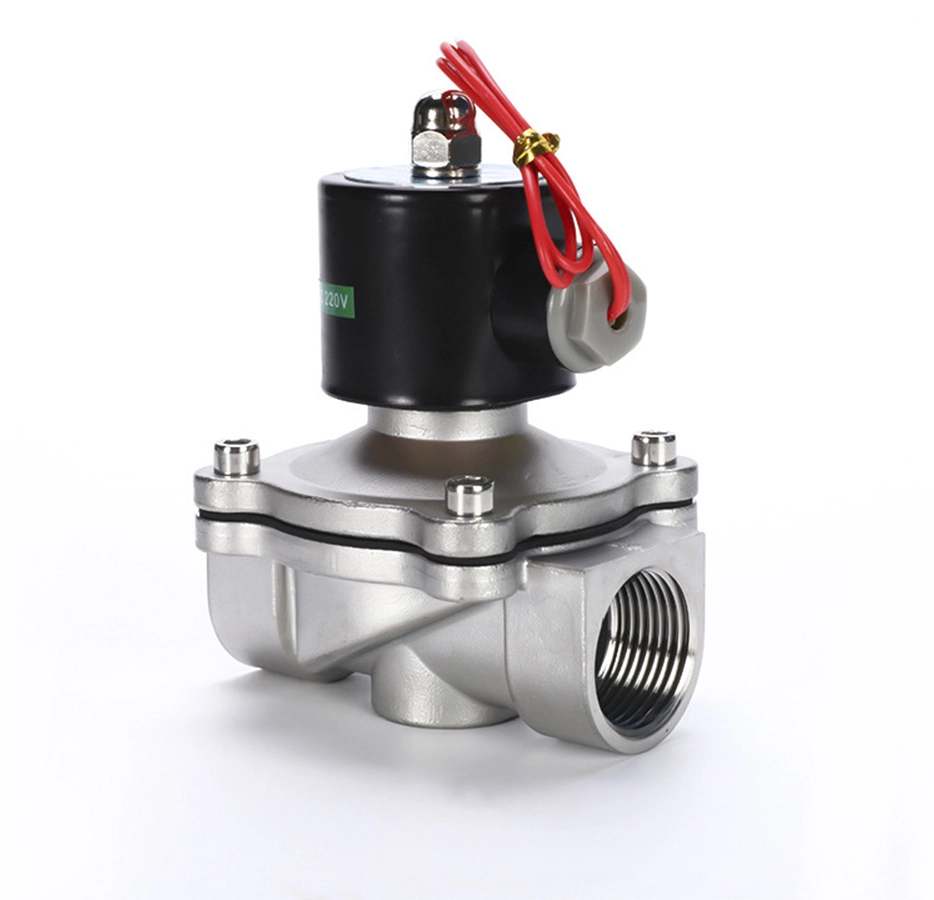Steam traps are mainly used in steam pipes and equipment. Their mission is to automatically remove condensate from the system while preventing steam leakage. They are like an intelligent "water filter" that only releases excess water and firmly retains precious steam. Through clever design, steam traps can accurately control the direction of fluids according to the different characteristics of steam and condensate, ensuring efficient operation of the steam system.
Hydraulic safety valves offer automatic pressure relief, precise control, and rapid response to overpressure. Durable, reliable, and easy to maintain, they protect hydraulic systems from damage, ensuring safe and efficient operation in industrial, marine, and aerospace applications.
Working pressure: Select the appropriate safety valve according to the maximum working pressure of the hydraulic system.
Opening pressure: Set the opening pressure according to the system safety requirements.
Flow requirement: Select a safety valve of appropriate caliber according to the flow of the hydraulic system.
Media type: Select corrosion-resistant materials according to the characteristics of the hydraulic oil.
Connection method: Select threaded, flanged or plug-in type according to the hydraulic pipeline connection method.
Oil and gas: used for condensate removal from steam pipes, tanks and equipment.
Chemical industry: suitable for steam systems of reactors, distillation towers and other equipment.
Electricity: used for condensate management of boilers, steam turbines and other equipment.
Textile: suitable for condensate removal from steam heating equipment.
Food and medicine: used for condensate management of sanitary steam systems.

 EN
EN
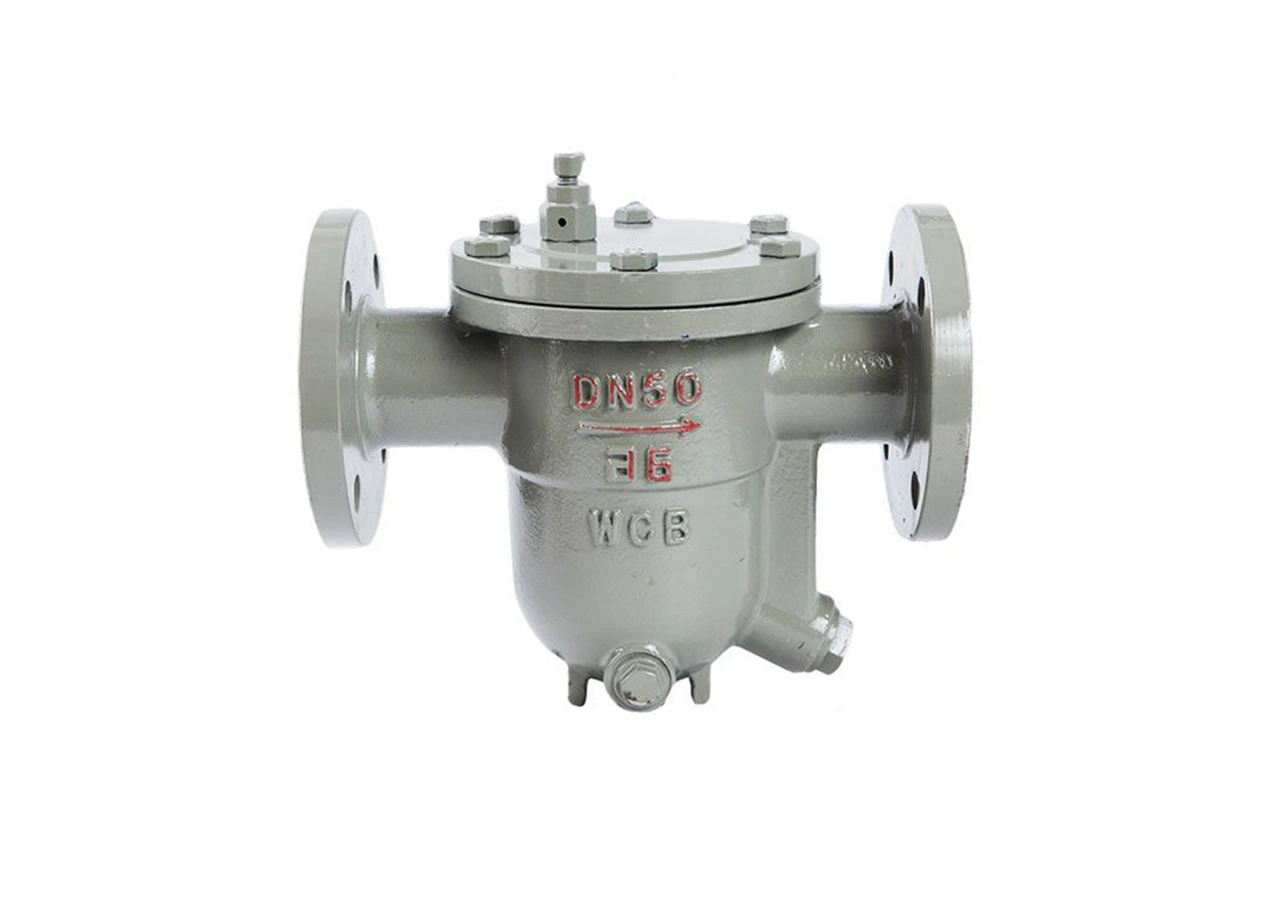
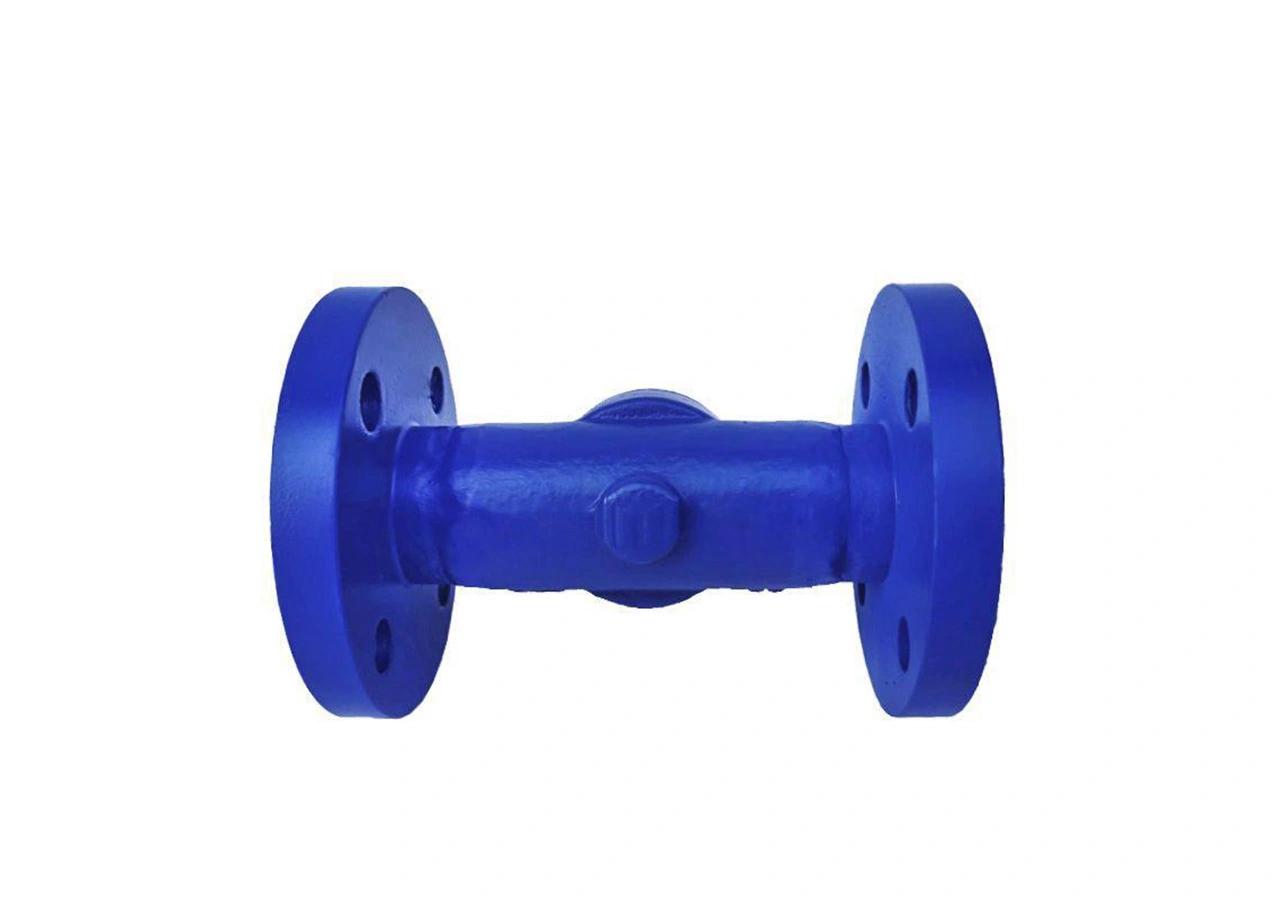
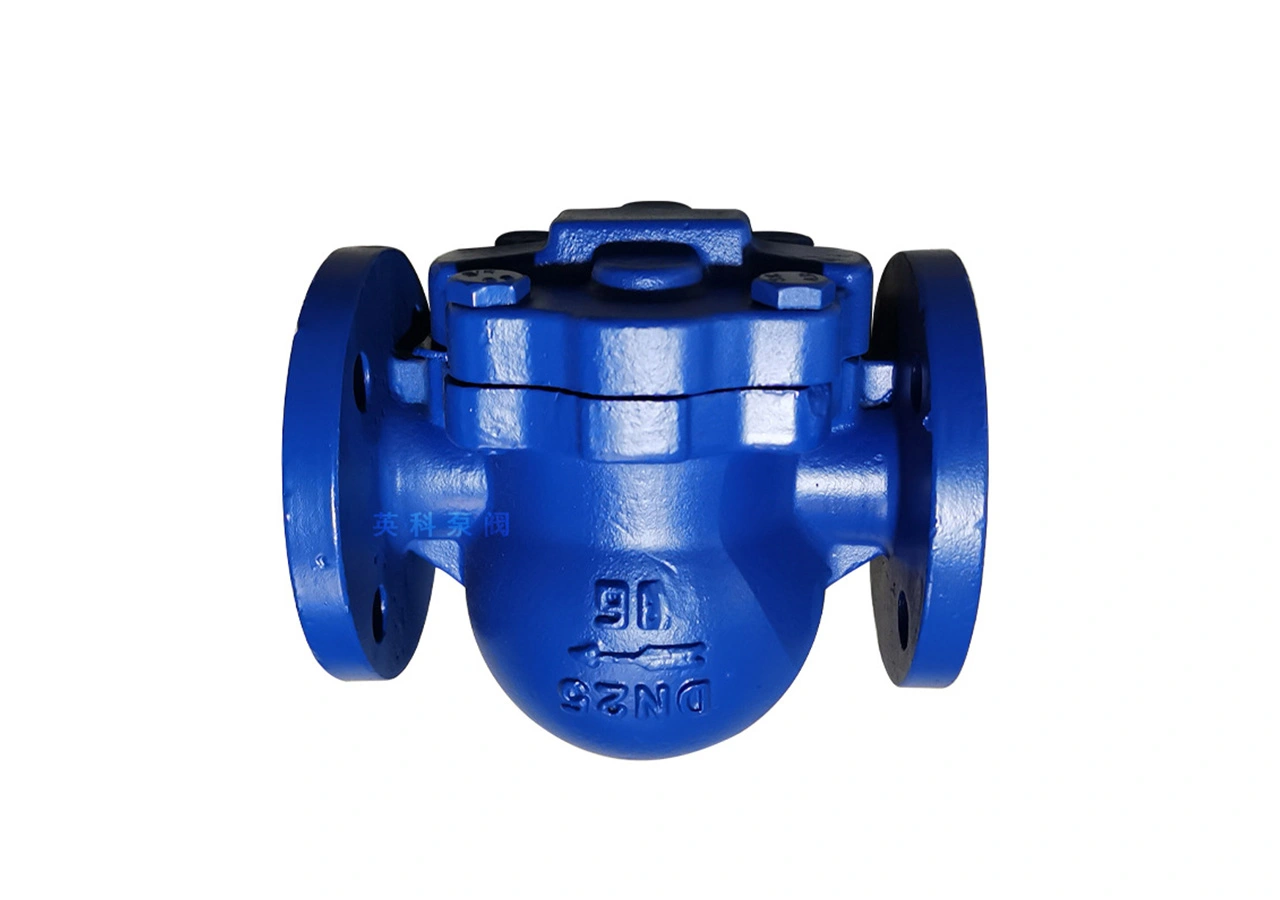
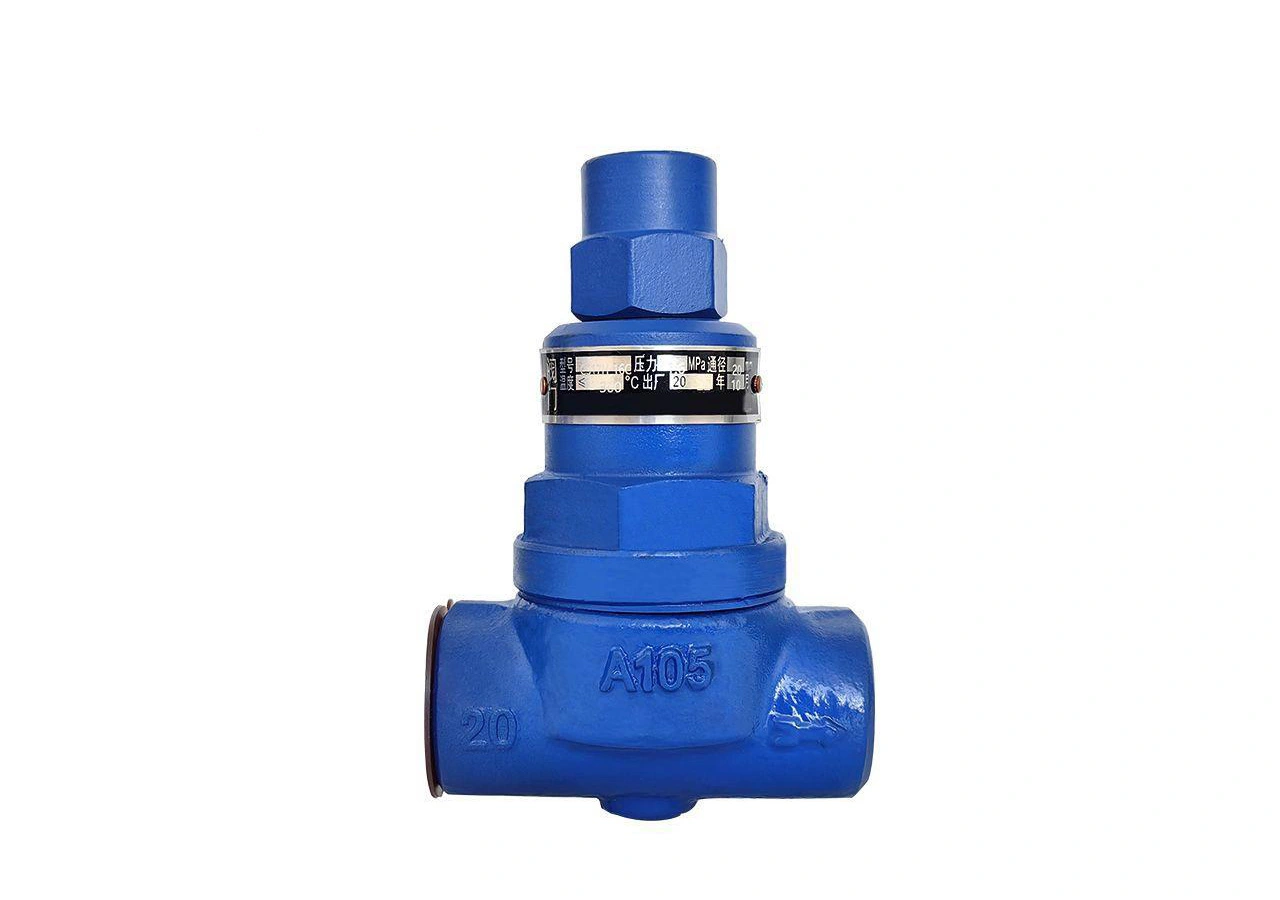
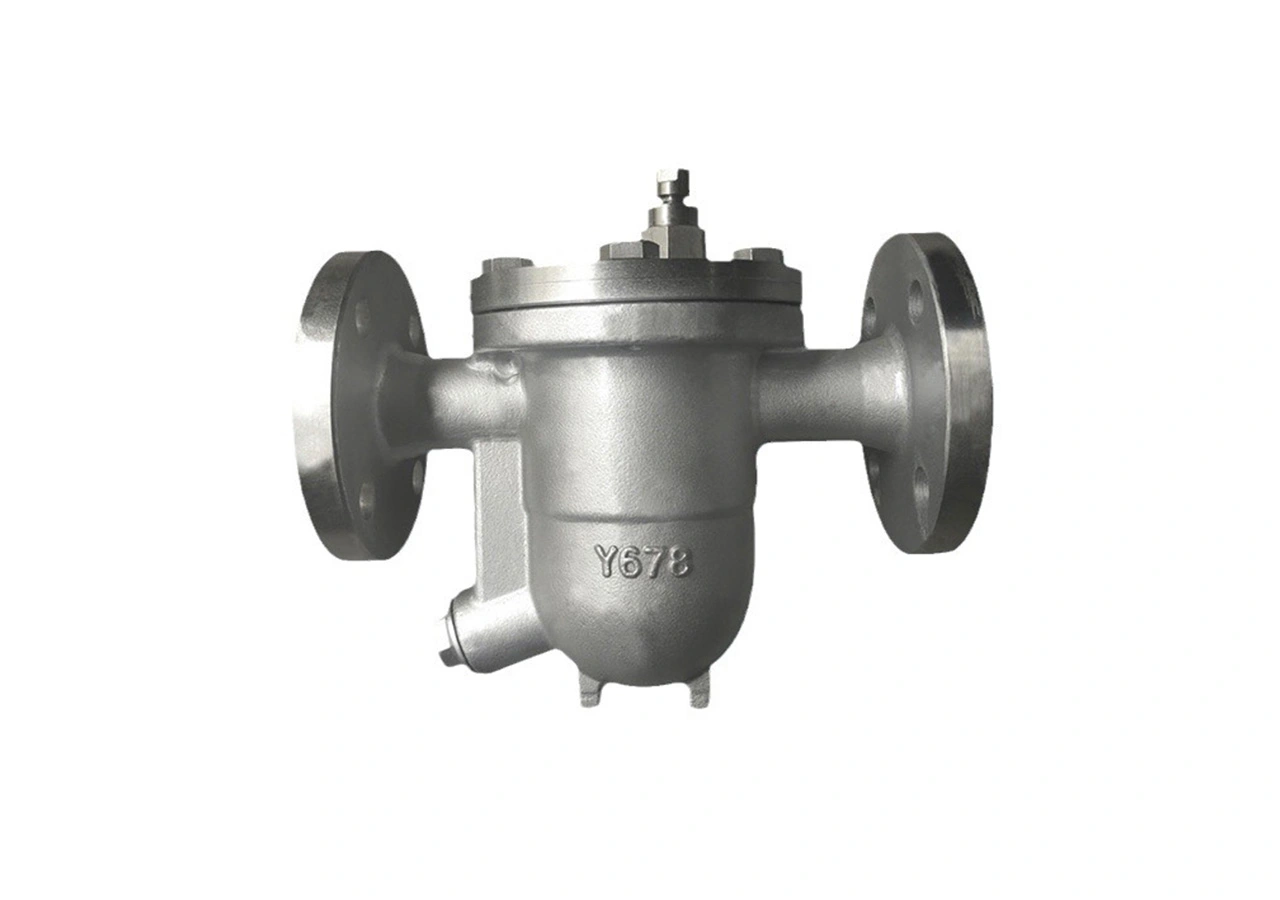
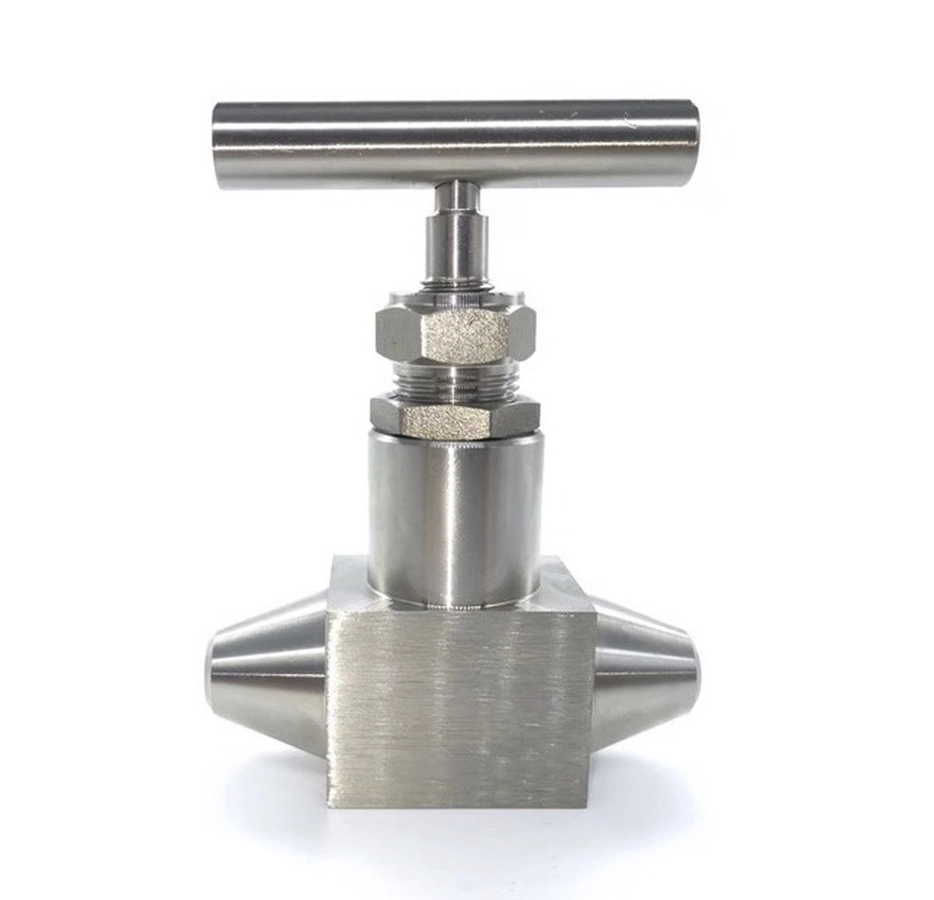
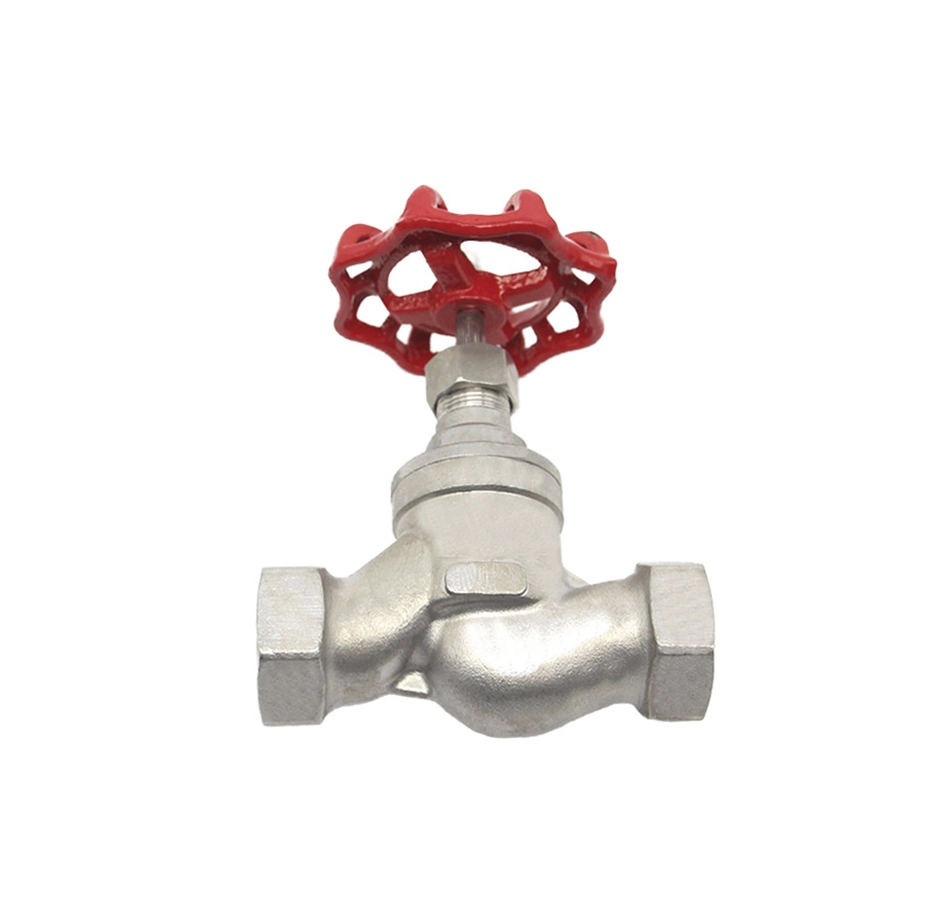
.webp)
